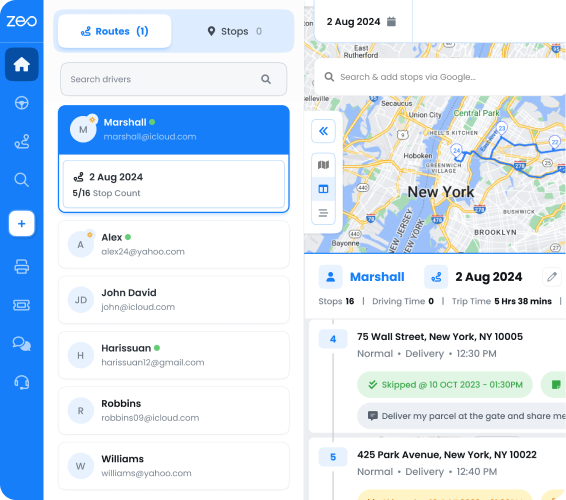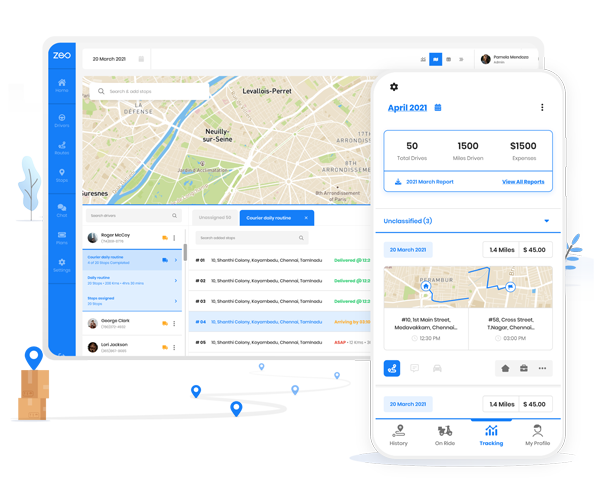An increasing number of customers are taking advantage of home deliveries! So naturally, businesses are doing everything they can to make the experience convenient for the customers.
One way is to offer multiple payment options so that the customer can choose the one that suits them best. Some customers prefer the cash-on-delivery payment method as it doesn’t need them to share sensitive banking information. It also makes it easier to buy from a new website as the customers don’t risk losing their money.
Read ahead to understand why a business should offer cash-on-delivery, what are its challenges, and how a business can manage it best!
Why should you be offering a cash-on-delivery payment option?
- It helps in widening the customer base and includes people who don’t have a credit card or don’t want to use it for online shopping.
- It enables impulse purchases as the customers don’t need to fill in payment details. It allows for faster checkout.
- With the rise in e-commerce websites, customers have become cautious, and rightly so as some fraudulent websites have also popped up. However, with cash on delivery as a payment option, the customer has no fear of losing money. It lowers the barrier for new customers to try your products or services.
Challenges of cash on delivery to businesses:
- It leads to higher-order rejections. As the customer has not yet paid, they can reject the product on delivery if they’ve changed their mind. This adds to the cost of reverse logistics hampering profitability. Managing the inventory also becomes a challenge with higher rejections.
- Managing the collection of cash especially when there’s a high volume of small-value orders is cumbersome. It becomes even more tricky if a third party is handling your deliveries. Transferring the cash to your account may take a few days whereas in the case of online payments, money gets transferred instantly.
6 ways to manage cash on delivery orders:
- Set minimum and maximum order value limits
Setting the order value limits ensures that your business doesn’t end up incurring reverse logistics costs for numerous low-value orders. It incentivizes the customer to purchase more to avail of COD which is a win-win for both the customer and the business. Having a cap on the maximum order value lowers the risk for high-value items. - Charge a small fee for COD orders
Charging a fee for COD orders pushes the customer to consider online payments. Even if the customer goes ahead with COD, this fee will help you cover the cost in case of rejection. However, it should be a small amount so that the customer doesn’t end up abandoning the cart. - Check customer history
In case of repeat customers, you can embed codes on your website to check the customer history. If the history shows instances of rejections, then those customers won’t be eligible for the COD payment option. This helps in filtering out the customers so that good customers still enjoy the benefits of COD and business losses are minimized. - Customer communication
Keep the customer updated about the delivery of their orders with accurate ETA. This ensures that the customer is available to receive the orders and order delivery is not failed. If the customer doesn’t know when the delivery is going to happen then they may miss the delivery. It will add to the costs of taking back the package, storing it, and then making another delivery attempt. - Adherence to delivery promise
Nothing frustrates a customer more than delayed deliveries. Ensure adherence to the delivery duration promised to the customer. If the delivery is delayed, inform the customer about the reason for the delay. - Enabling electronic payments for COD orders
Offer the customer the option to make online payments even at the time of delivery. It will be useful in case the customer doesn’t have the required cash to hand over to the delivery person. They can make the payment with their card after inspecting the order items.
Read more: Revolutionize Customer Communication with Zeo’s Direct Messaging Feature
How Zeo helps in managing COD orders?
As a fleet manager using Zeo Route Planner, you can enable the drivers to collect payments at the time of delivery. It’s simple and helps you keep track of the COD payments as everything gets recorded in the driver app.

increase fuel savings
Save 2 Hours on Deliveries, Everyday!
Optimize routes with our algorithm, reducing travel time and costs efficiently.
Get Started for Free
It provides greater clarity and visibility into the collection of payments. It helps in easier reconciliation of cash when the delivery drivers hand it over. It streamlines the completion of COD orders.
- In the fleet owner dashboard, you can go to Settings → Preferences → POD Payments → Click on ‘Enabled’.
- On reaching the customer’s address, the delivery driver can click ‘Capture POD’ in the driver app. Within that click on the ‘Collect Payment’ option.
- There are 3 options to record the collection of payment – Cash, Online, and Pay Later.
- If the payment is being made in cash, the delivery driver can record the amount in the app. If it’s an online payment, they can record the transaction ID and also capture an image. In case, the customer wants to pay later, the driver can record any notes along with it.
Hop on a 30-minute demo call for hassle-free COD deliveries via Zeo Route Planner!
Conclusion
E-commerce businesses can not operate without offering cash on delivery orders. It is best to implement technology and control systems to ensure that COD works in the favor of both the customers and the businesses.

Are you a fleet owner?
Want to manage your drivers and deliveries easily?
Grow your business effortlessly with Zeo Routes Planner – optimize routes and manage multiple drivers with ease.

increase fuel savings
Hassle Free Deliveries & Pickups!
Optimize routes with our algorithm, reducing travel time and costs efficiently.
Get Started for Free




















